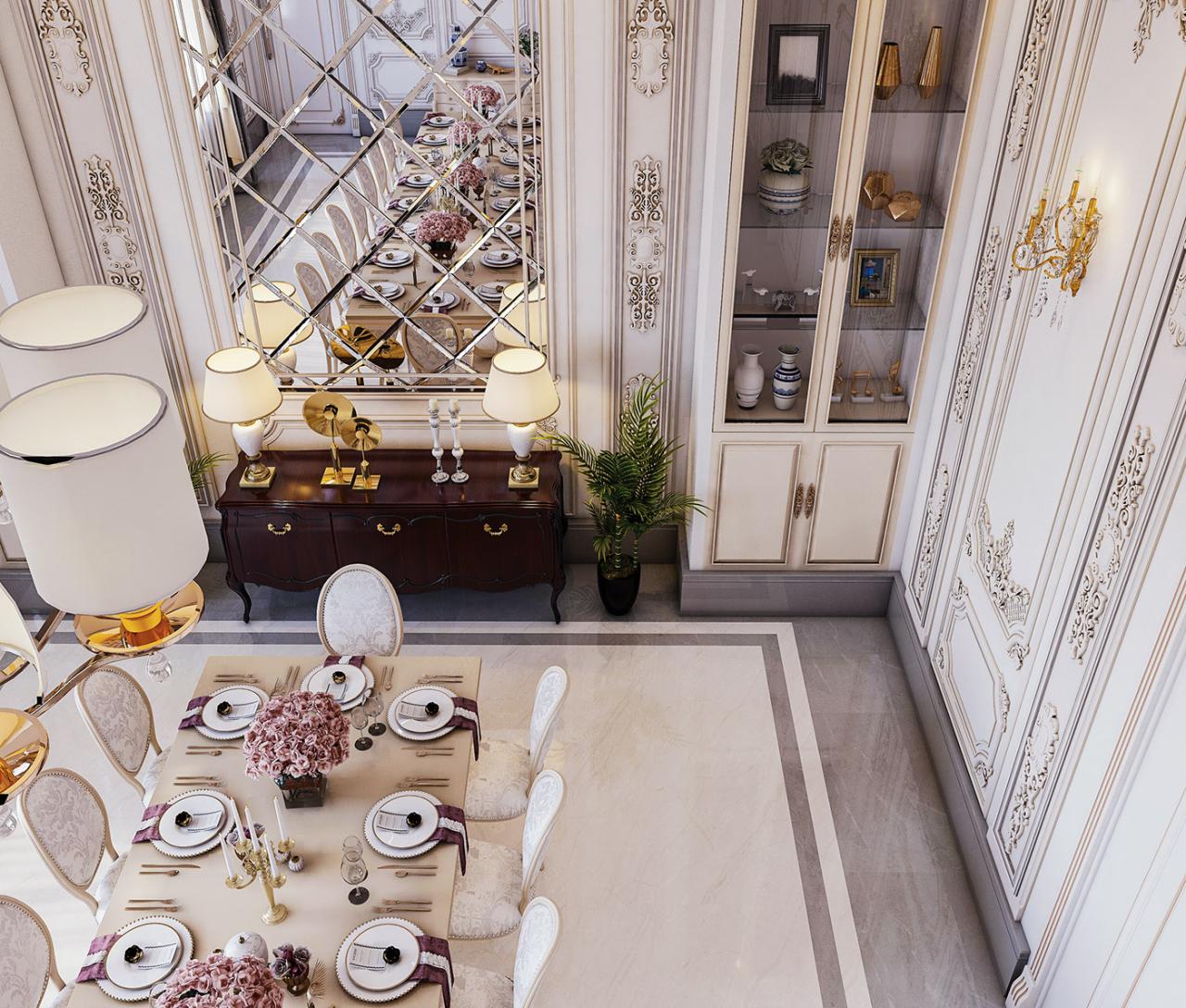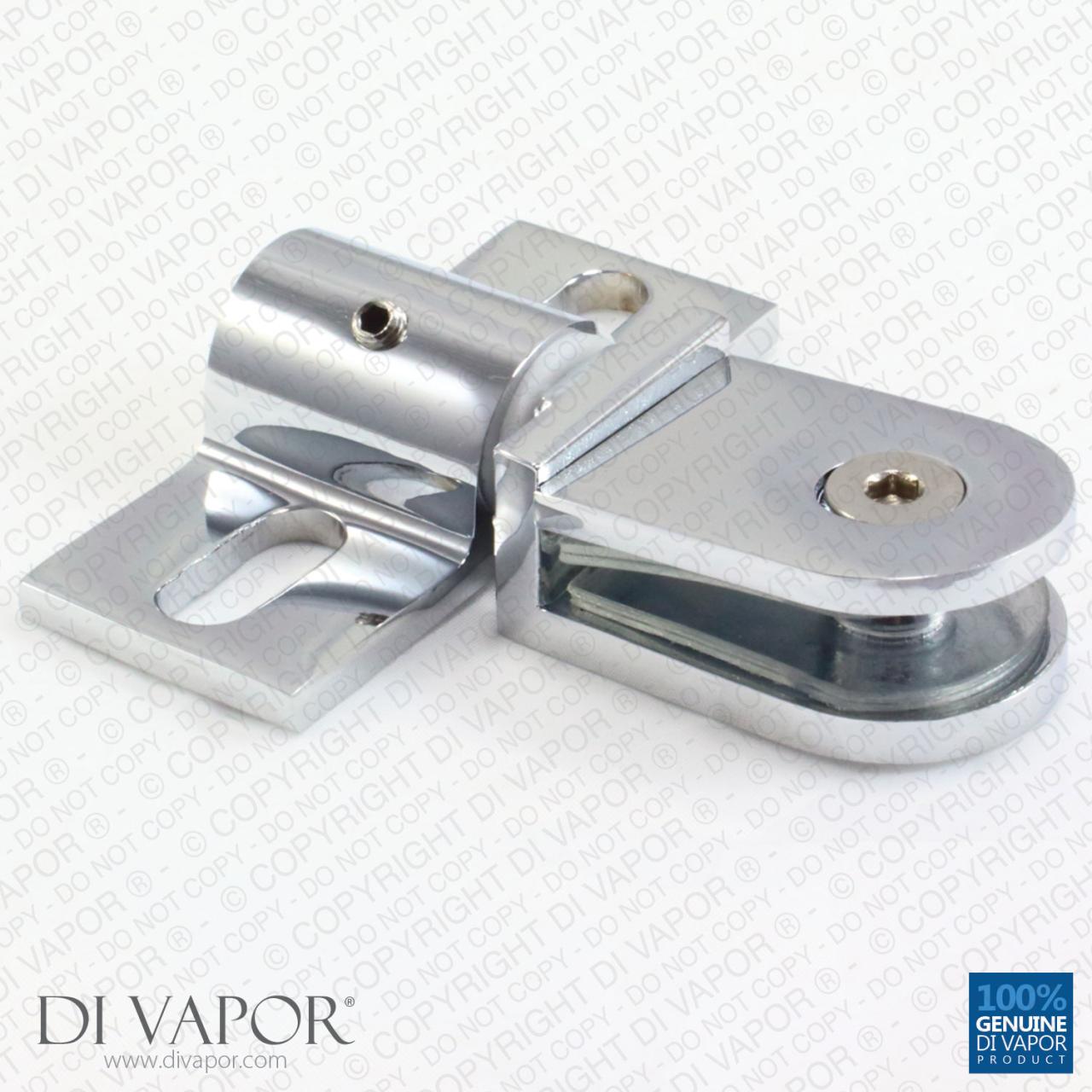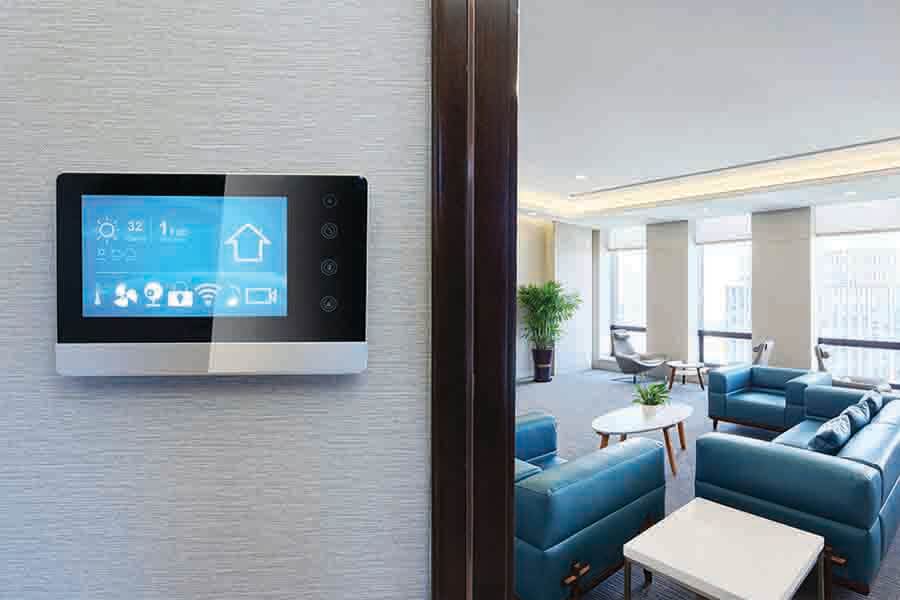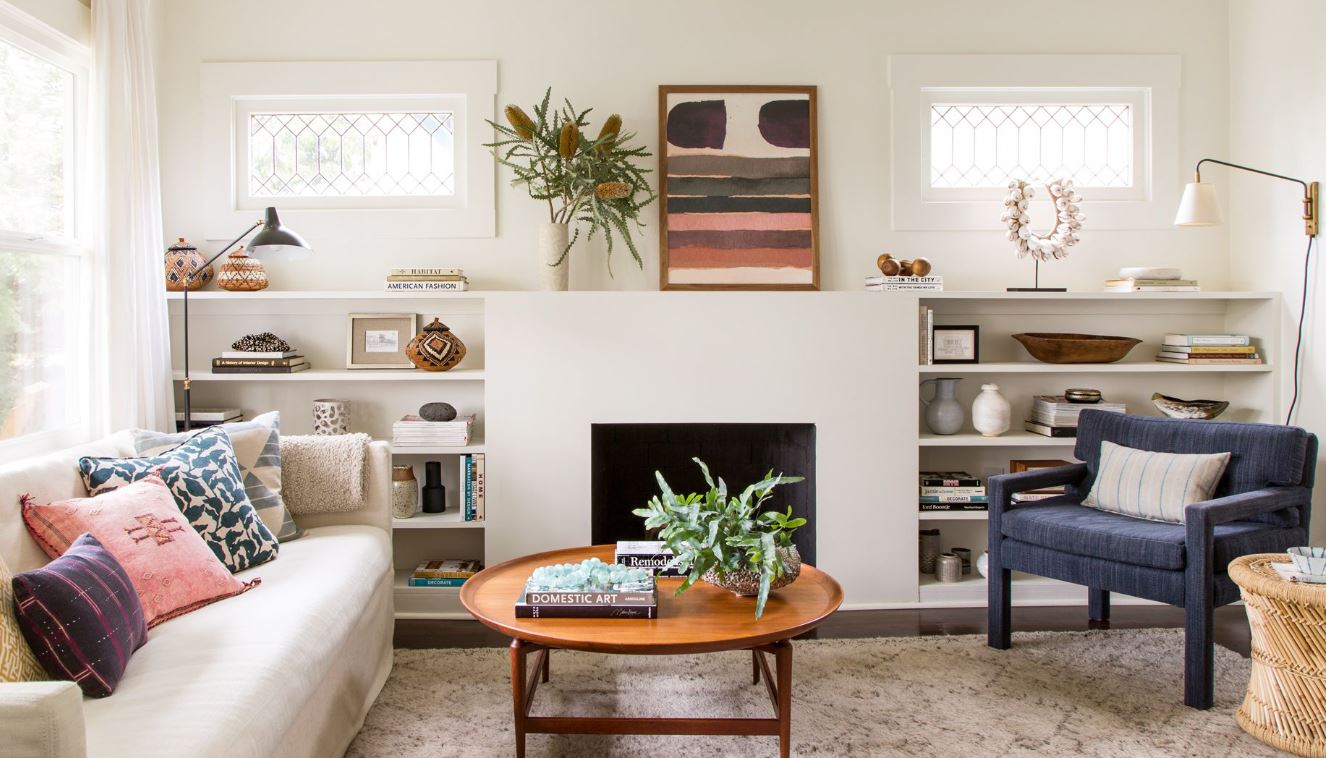Classic elegant dining room, a timeless design concept, evokes a sense of refined sophistication. This guide delves into the key elements of creating a stunning and inviting dining space, from selecting the perfect furniture to choosing the ideal color palette. Prepare to transform your dining room into a haven of understated luxury and enduring charm.
The journey to achieving classic elegance begins with understanding the core principles that define this style. We’ll explore historical influences, key design elements, and practical considerations to ensure your dining room is not just beautiful but also functional and reflects your personal style.
Defining Classic Elegance in Dining Rooms

Source: behance.net
Classic elegance in dining rooms evokes a sense of timeless sophistication and refined beauty. It’s more than just a style; it’s a feeling, a carefully curated atmosphere that speaks to a history of refined taste and impeccable design. This approach transcends fleeting trends, instead focusing on enduring principles of beauty and comfort. This style is often associated with a sense of grandeur and quiet luxury, drawing inspiration from historical periods while adapting them to contemporary sensibilities.
A classic elegant dining room is characterized by a harmonious blend of meticulously chosen elements, from the furniture and fabrics to the lighting and color palettes. The goal is to create a space that is both visually stunning and conducive to comfortable and meaningful gatherings.
Aesthetic Elements of Classic Elegance
Classic elegance in dining rooms typically features a restrained yet opulent aesthetic. Rich fabrics like velvet, damask, or linen are often used in upholstery and drapery. Warm, neutral color palettes, such as creams, beiges, deep browns, and muted greens, create a sophisticated backdrop. Intricate details, such as carved wood furniture, detailed moldings, and ornate lighting fixtures, add depth and visual interest. The overall impression is one of refined luxury and enduring style.
Historical Context and Evolution
Classic elegance in dining rooms draws inspiration from various historical periods, particularly the 18th and 19th centuries. The French Rococo and Neoclassical styles, with their emphasis on symmetry, proportion, and decorative embellishments, heavily influenced this approach. Later, the English country house aesthetic with its warmth and comfort also contributed. Modern interpretations of classic elegance incorporate these historical elements while adapting them to contemporary tastes, maintaining the core principles of refinement and timeless beauty.
Color Palettes, Materials, and Furniture Styles, Classic elegant dining room
Classic elegance often employs warm, neutral color palettes, with subtle variations in tone to add depth and visual interest. For example, a cream-colored wall might be paired with deep mahogany furniture and accents of gold or brass. Common materials include solid wood (mahogany, cherry, walnut), marble, and leather. Furniture styles frequently include pieces with intricate carvings, turned legs, or upholstered armchairs and sofas. For example, a dining table with a solid wood base and ornate carvings, paired with comfortable, upholstered chairs, fits this aesthetic perfectly.
Design Principles for Classic Elegance
Several key design principles contribute to the sense of classic elegance in a dining room. Symmetry, proportion, and scale are paramount, creating a sense of balance and order. Attention to detail is crucial, ensuring that every element, from the lighting fixtures to the silverware, contributes to the overall aesthetic. The choice of materials and textures should be deliberate, reflecting a commitment to quality and craftsmanship. For instance, a beautifully crafted chandelier can elevate the room’s ambiance, while carefully chosen textiles add a layer of richness and comfort.
Role of Lighting in Creating the Atmosphere
Lighting plays a critical role in setting the mood in a classic elegant dining room. A grand chandelier or a series of strategically placed sconces can create a warm and inviting ambiance. Soft, diffused lighting, often achieved through layered lighting schemes, avoids harsh shadows and enhances the room’s overall beauty. The lighting should complement the room’s color palette and furniture style, ensuring that it does not clash with the overall design.
Proportion and Scale in Classic Elegant Dining Rooms
Proportion and scale are vital for achieving a sense of balance and harmony in a classic elegant dining room. Furniture pieces should be sized appropriately for the room, avoiding overcrowding or a feeling of emptiness. The relationship between the table, chairs, and other elements in the space must be carefully considered to maintain a sense of proportion. This is crucial to ensuring that the room feels spacious and elegant, not cramped or overwhelming. For instance, a large dining table should be accompanied by a sufficient number of chairs, and the room’s overall size should allow for comfortable movement and interaction among guests.
Furniture Selection and Arrangement: Classic Elegant Dining Room
Creating a classic elegant dining room hinges significantly on thoughtful furniture selection and arrangement. The right pieces, strategically placed, can instantly elevate the space, imbuing it with a sense of timeless sophistication. Careful consideration must be given to both the overall aesthetic and the practical aspects of daily use.
A well-designed classic elegant dining room is more than just a place to eat; it’s a statement piece that reflects the homeowner’s taste and style. The careful choice of furniture, its placement, and the integration of complementary accessories create a harmonious and inviting atmosphere.
Dining Table Selection
Classic elegance often involves substantial dining tables, capable of accommodating a larger number of guests. The size and shape of the table directly influence the room’s overall feel and functionality. Rectangular tables are a common choice, offering a versatile layout for gatherings. Round tables, with their more intimate feel, can create a warm and inviting atmosphere, ideal for smaller groups. Square tables, with their crisp lines, offer a more modern touch within a classic aesthetic. Consider the size of the room and the anticipated number of diners when choosing a table.
Dining Chair Selection
The chairs complement the table, playing a crucial role in establishing the room’s aesthetic. Choosing the right chairs is critical. Armchairs, often crafted from wood, offer a sense of grandeur. Chairs with upholstered seats, typically in rich fabrics like velvet or leather, create a touch of luxury and comfort. The choice of fabric, wood finish, and the overall style of the chair should seamlessly integrate with the table and the overall decor. Consider the height and depth of the chairs relative to the table to ensure comfortable seating for all guests.
Table Shapes and Sizes
Rectangular tables are often the most practical choice for classic elegance, offering ample seating for larger gatherings. A substantial 8-foot long rectangular table is a versatile option, while a smaller, 6-foot version might be better suited for smaller dining areas. Round tables, while often associated with more intimate settings, can be a stylish choice for a smaller dining space. A 5-foot round table, for instance, can still accommodate a respectable number of diners. Square tables, though less common, can be striking in a classic dining room, adding a contemporary element.
Lighting Fixtures
The lighting in a classic elegant dining room should be both functional and decorative. Chandeliers, with their elaborate designs and crystal embellishments, are frequently associated with classic elegance. They create a dramatic focal point, casting a warm and inviting glow over the entire space. Sconces, positioned on the walls, can add an elegant touch without dominating the room. The lighting fixtures must harmonize with the style of the furniture and the overall color scheme of the dining room.
Essential Accessories
Accessories are key to completing the classic elegance of a dining room. China cabinets, with their ornate detailing, provide storage for fine china and crystal. Silverware holders, crafted from polished wood or metal, provide a functional and elegant display for silverware. A thoughtfully curated collection of decorative items, such as vases and figurines, can add a personal touch and further enhance the classic look. High-quality table linens, in classic colors such as ivory, cream, or deep reds, complete the dining experience.
Material Choices and Textures
Classic elegance in a dining room hinges significantly on the thoughtful selection of materials and textures. These elements create the overall atmosphere and contribute to the enduring appeal of the space. From the rich hues of the wood to the luxurious feel of the fabrics, every choice plays a crucial role in achieving a truly sophisticated and timeless design.
Choosing materials and textures for a classic elegant dining room is a meticulous process. The goal is to create a harmonious blend of visual appeal and tactile comfort, ensuring the room feels both sophisticated and inviting. This involves careful consideration of how different materials interact with one another and with the available natural light.
Floor Materials
Selecting the right flooring is essential for a classic elegant dining room. Hardwood floors, often in rich finishes like mahogany or walnut, are a timeless choice. Their warm tones and natural beauty evoke a sense of sophistication. Alternatively, stone tiles, such as marble or slate, can create a grand and opulent aesthetic. The choice depends on the overall design vision and the desired level of formality. The important aspect is the durable nature of these options, ensuring the room maintains its classic elegance for many years to come.
Wall and Ceiling Treatments
Walls and ceilings in a classic elegant dining room frequently feature neutral tones, like cream or pale gray. These create a backdrop that highlights the finer details of the room’s furnishings and accessories. Sometimes, a subtle wallpaper pattern, reminiscent of damask or toile, adds a touch of visual interest without overwhelming the space. Ceilings, often painted a neutral shade to match the walls, can sometimes incorporate intricate crown moldings to enhance the room’s sense of grandeur. The key is balance and appropriateness.
Fabric and Upholstery
High-quality fabrics are paramount in achieving classic elegance. Velvet, linen, or damask upholstery on dining chairs and seating areas adds a touch of luxury and sophistication. The richness of the material and the careful selection of patterns play a crucial role in the room’s overall aesthetic. Consider fabrics in deep jewel tones, like emerald green or sapphire blue, for a truly classic look. Neutral tones like cream, beige, or gray are also popular choices, allowing the rich textures to take center stage.
Decorative Accents
Incorporating decorative accents that echo classic elegance is key. Consider using antique or vintage-inspired pieces, such as a silver-plated serving tray or a crystal chandelier, to elevate the room’s ambiance. Intricate carvings, delicate floral patterns, and gleaming metallic finishes are all hallmarks of this style. The key is to use these elements sparingly and strategically to create a sense of visual harmony.
Natural Light
Natural light is vital for a classic elegant dining room. Large windows, often with sheer curtains, allow ample sunlight to illuminate the space. This not only brightens the room but also enhances the warmth and beauty of the room’s materials. Properly placed mirrors can also reflect natural light, creating a sense of spaciousness and illumination. Maximizing natural light is key to achieving a truly inviting and elegant atmosphere.
Wood Finishes Comparison
| Wood Finish | Description | Suitability for Classic Elegance |
|---|---|---|
| Mahogany | Rich, warm brown tones | Excellent; creates a sense of grandeur and warmth |
| Walnut | Dark brown with a rich, deep tone | Excellent; adds sophistication and a dramatic feel |
| Cherry | Medium brown with a reddish undertone | Good; balances warmth and elegance |
| Oak | Light brown with visible wood grain | Suitable but may require additional embellishments for maximum classic elegance |
| Maple | Light yellow-tan color | Less suitable; may need additional decorative elements to match the classic elegance aesthetic |
This table illustrates how different wood finishes contribute to the overall classic elegance aesthetic. The choice should be guided by the desired tone and the room’s overall design vision.
Decorating Elements and Accessories
Creating a classic elegant dining room is more than just choosing furniture and materials; it’s about thoughtfully curating the details that elevate the space. Accessories and decorative elements play a crucial role in setting the ambiance and conveying a sense of refined taste. These elements should complement the overall aesthetic without overpowering the room’s core design.
Careful consideration of decorative elements brings a room to life, making it feel both inviting and sophisticated.
Artwork Selection
Classic elegance often incorporates artwork that evokes a sense of history and sophistication. Large-scale portraits, landscapes, or still lifes in rich colors and frames that complement the room’s palette are excellent choices. Prints of renowned works of art or antique-inspired pieces can also contribute to the overall aesthetic. The key is to choose pieces that resonate with the overall style and color scheme of the room. Artwork should be displayed at a height that is comfortable to view while seated at the dining table.
Mirrors and Rugs
Mirrors are effective in visually expanding a dining room, making it feel larger and more airy. A large, ornate mirror above a sideboard or a cluster of smaller mirrors can add visual interest and create a sense of grandeur. A high-quality rug, ideally made from luxurious materials like wool or silk, anchors the space and adds warmth and texture to the floor. Choosing a rug in a complementary color to the furniture and other elements is crucial for cohesion.
Lighting Options
Proper lighting is essential in a dining room, creating a warm and inviting atmosphere. Chandeliers, particularly those with crystal or glass accents, are a hallmark of classic elegance. Sconces on either side of the mirror or fireplace can offer ambient lighting and add a touch of refinement. Table lamps with ornate bases can be strategically placed on sideboards or consoles to provide task lighting. The lighting choices should be harmonious with the overall design and complement the artwork, textiles, and other elements.
Dinnerware, Glassware, and Silverware
Elegant dinnerware, glassware, and silverware patterns are essential to the dining experience. Classic patterns like damask, floral, or geometric designs are timeless and add a touch of sophistication. Consider a combination of patterns, with the glassware and silverware complementing the dinnerware, but not necessarily matching exactly. The quality of the materials is also vital, as it reflects the level of elegance. A gleaming finish and robust construction enhance the overall dining experience.
Textiles
Textiles like tablecloths, napkins, and placemats contribute to the overall atmosphere of a classic dining room. A high-quality tablecloth in a neutral color like cream, ivory, or linen, complements the other elements. Elegant napkins and placemats in a complementary color or pattern add a layer of sophistication and visual interest. The fabrics should be luxurious and feel comfortable to the touch. The materials used and the texture of the textiles are important factors to consider.
Floral Arrangements
Floral arrangements play a vital role in enhancing the elegance of a dining room. Fresh flowers, arranged in classic vases or bowls, add a touch of vibrancy and life to the space. Consider using seasonal flowers in colors that complement the room’s color scheme and the overall style. The arrangements should be tasteful and not overpowering. A smaller, well-placed arrangement can have a significant impact.
Smaller Details
Incorporating classic elegance extends to smaller details like wall hangings and decorative objects. Antique-inspired wall hangings or decorative sculptures can add a touch of sophistication. A collection of books in elegant bindings or a grouping of antique-style figurines can add a personal touch. The objects chosen should reflect the overall style and aesthetic of the dining room, adding personality without detracting from the classic elegance.
Color Palettes and Color Schemes
Color palettes play a crucial role in setting the tone and atmosphere of a classic elegant dining room. The right color choices can elevate the space, making it feel luxurious and inviting. Careful consideration of color temperature, contrast, and complementarity is key to achieving the desired aesthetic.
Color schemes in classic elegant dining rooms often lean towards timeless and sophisticated combinations. Warm tones, such as creams, golds, and deep reds, are frequently employed to evoke a sense of warmth and hospitality. Cool tones, such as blues, grays, and whites, can also be incorporated to create a serene and sophisticated ambiance. Ultimately, the best color scheme depends on the overall design vision and personal preferences.
Common Color Palettes
Choosing a color palette is a fundamental aspect of designing a classic elegant dining room. This section details several commonly used color palettes, highlighting their characteristics and potential applications.
| Color Name | Hex Code | Descriptive Notes |
|---|---|---|
| Warm Cream | #F0EAD2 | A soft, neutral tone that evokes a sense of comfort and elegance. Pairs well with gold accents and deep mahogany furniture. |
| Deep Burgundy | #800020 | A rich, sophisticated color that adds a touch of drama and formality. Ideal for dining chairs or accents. |
| Pewter Gray | #908A86 | A calming, sophisticated neutral that complements both warm and cool tones. Works well with light woods and brass finishes. |
| Linen White | #FAF9F6 | A bright, clean white that creates a sense of spaciousness and airiness. Excellent for walls and tablecloths. |
| Emerald Green | #556B2F | A rich, luxurious green that brings a touch of nature and sophistication. Use sparingly as an accent color. |
Contrasting Colors
Effective use of contrasting colors is essential for creating visual interest and dynamism in a classic elegant dining room. Choosing contrasting colors that complement the room’s overall aesthetic and furniture is crucial.
For example, a dining room with warm-toned furniture (like mahogany) can be enhanced by using contrasting colors like deep blues or emerald greens for accent walls or accessories. The contrast creates visual interest without disrupting the room’s classic elegance. Avoid using overly harsh contrasts that might feel jarring or overwhelming.
Color Temperature and Mood
The temperature of colors significantly impacts the overall mood and atmosphere of a classic elegant dining room. Warm colors, such as golds, reds, and oranges, create a welcoming and inviting atmosphere. Cool colors, such as blues, greens, and grays, promote a sense of serenity and sophistication.
Consider the existing furniture and architectural features when selecting colors. If the room already features warm-toned wood floors or furniture, consider using cooler colors for walls and accessories to balance the space. Conversely, if the room has cool-toned features, warm colors can add a sense of warmth and intimacy.
Complementary Colors
Selecting colors that complement existing furniture and architectural features is vital for creating a cohesive and harmonious design. For example, a dining room with mahogany furniture and cream walls might benefit from adding accents of gold or bronze to complement the wood tones.
Matching the color palette to the room’s natural light is also crucial. Rooms with abundant natural light can accommodate a wider range of colors, while rooms with limited natural light may benefit from lighter, brighter colors to enhance the sense of spaciousness.
Accent Colors
Using accent colors strategically adds visual interest to a classic elegant dining room without disrupting the overall elegance. Accent colors should be used sparingly to highlight specific elements or create focal points.
For instance, using a deep burgundy tablecloth or placemats with a cream-colored dining room can add a dramatic touch without overwhelming the space. Consider using accent colors in smaller decorative items like vases, candles, or artwork to subtly elevate the aesthetic. Choose colors that complement the primary color palette to maintain the classic elegance of the space.
Creating a Personalized Touch
A classic elegant dining room, while possessing timeless appeal, can also feel exceptionally personal. Adding a touch of individuality breathes life into the space, reflecting the family’s personality and history. This personalization is key to transforming a beautiful room into a cherished gathering place.
Personalization allows the space to truly resonate with the family. It’s not about abandoning the classic style but rather about infusing it with the family’s unique narrative. This could involve incorporating favorite colors, heirlooms, or cherished memories into the design, making it a space that speaks volumes about who they are.
Incorporating Family Heirlooms and Memorabilia
Family heirlooms and memorabilia are invaluable elements for personalizing a classic dining room. They act as tangible connections to the past, adding depth and meaning to the space. Carefully consider how to integrate these items without compromising the overall elegance. For example, a beautifully carved antique sideboard can serve as a focal point, showcasing a collection of family photographs or cherished china. A vintage clock or a framed family portrait, strategically placed, can add warmth and history. Incorporate these pieces in a way that complements the room’s aesthetic, not overwhelms it.
Selecting Artwork and Wall Decor
Artwork and wall decor play a significant role in reflecting personal style and enhancing the classic elegance of the dining room. Choosing pieces that resonate with the family’s taste is paramount. A collection of framed prints from a family vacation or a piece of art featuring a beloved family pet can infuse the room with a unique character. The choice of style and subject matter should harmonize with the room’s overall aesthetic, ensuring a cohesive and visually appealing space. Consider the scale and color of the artwork in relation to the room’s dimensions and color palette to avoid visual clutter.
Incorporating Family Traditions
Family traditions often revolve around the dining room, whether it’s a special meal, a game night, or holiday gatherings. Integrating these traditions into the design allows for a visual representation of these cherished moments. A custom-designed rug, featuring a pattern symbolic of a family tradition, could be a focal point. Alternatively, a dedicated corner could be designated for games or crafts, adding a personalized touch. Incorporate elements that visually evoke these cherished activities and experiences.
Designing a Personalized Dining Room
| Personal Touch | Visual Impact | Description |
|---|---|---|
| Family photo gallery | Warm, welcoming | A collection of framed photos displayed in a cohesive manner creates a warm and inviting ambiance. |
| Personalized table runner | Sophisticated, personal | A runner with a unique design or family crest adds a touch of personalization without being overly flashy. |
| Antique china cabinet | Elegant, timeless | Antique china cabinets can display cherished china and serve as a focal point, showcasing family history. |
| Custom-designed wall art | Uniquely expressive | Custom-designed wall art, reflecting family traditions or a favorite hobby, adds a personalized touch. |
| Family crest/monogram | Sophisticated, distinguished | Incorporating a family crest or monogram on accessories, such as napkins or placemats, elevates the room’s sophistication. |
Practical Considerations
A truly elegant dining room isn’t just about aesthetics; it’s about functionality. Thoughtful planning for storage, traffic flow, and lighting creates a space that’s both beautiful and practical for everyday use. This section delves into the crucial practical aspects of designing a classic elegant dining room.
A well-designed classic elegant dining room seamlessly blends beauty and practicality. Careful consideration of storage, traffic patterns, and lighting ensures that the space is not only visually appealing but also comfortable and functional for everyday use. This balance is key to achieving a truly welcoming and usable environment.
Storage Solutions for Elegance
Careful planning of storage solutions is essential in a classic elegant dining room. These solutions need to complement the overall aesthetic without compromising functionality. Built-in cabinetry, for example, is a fantastic option. Custom designs can seamlessly integrate with the existing architectural style.
- Built-in Cabinets: These offer a clean, uninterrupted look and ample storage space. They can be designed to match the existing cabinetry in the house, providing a cohesive aesthetic and easy access to storage while remaining unobtrusive. For instance, a set of built-in china cabinets, with intricate carvings or inlaid veneers, can both display fine china and maintain a sophisticated look.
- China Cabinets: These serve as both display cases and storage solutions, showcasing fine china and glassware while keeping them organized. Look for designs with classic detailing, like turned legs or glass-front doors, to maintain the elegance of the space.
- Sideboards: Sideboards offer both storage and display space, perfect for holding serving dishes, silverware, and decorative items. A well-chosen sideboard can become a focal point in the room.
Traffic Flow and Circulation
Ensuring smooth traffic flow is crucial for a comfortable dining experience. Sufficient space around the dining table allows for easy movement, and comfortable chairs are essential for prolonged dining. Consider the placement of furniture to create a welcoming environment.
- Adequate Space: Avoid overcrowding the room. Allow enough space between tables and chairs to facilitate easy movement and prevent collisions.
- Chair Placement: Ensure chairs are positioned to allow guests to easily approach and depart from the table without difficulty. The ease of movement is key.
- Clear Pathways: Maintain clear pathways throughout the dining area, allowing for smooth movement and preventing congestion during meals.
Lighting for Usability
Lighting plays a crucial role in enhancing the usability of a dining room. It should create a warm and inviting atmosphere without compromising the elegance of the room. A combination of ambient, task, and accent lighting is often ideal.
- Ambient Lighting: Provides overall illumination. Chandeliers, recessed lighting, or wall sconces can all be used to create a warm and inviting ambiance.
- Task Lighting: Provides focused light for specific tasks, such as reading menus or setting the table. Table lamps or pendant lights can be strategically placed.
- Accent Lighting: Highlights architectural features or decorative elements. Wall sconces, spotlights, or even strategically placed candles can emphasize the beauty of the room.
Creating a Welcoming Atmosphere
Creating a welcoming atmosphere balances elegance and practicality. This involves careful selection of textiles, such as tablecloths, napkins, and upholstery.
- Textiles: High-quality textiles, like linen or damask, add a touch of luxury and warmth to the space.
- Soft Lighting: Warm lighting enhances the feeling of intimacy and coziness.
- Personal Touches: Incorporate personal touches, like family photos or cherished decorative pieces, to create a space that feels warm and inviting.
Maintaining Comfort and Functionality
A well-designed classic elegant dining room should be comfortable and functional for daily use. This requires thoughtful planning and consideration for both aesthetics and practicality. The placement of furniture and the choice of materials are key factors in achieving this balance.
- Comfortable Seating: Ensure chairs are both stylish and comfortable, allowing guests to relax and enjoy their meal.
- Durable Materials: Choose durable materials for the table and chairs to withstand daily use.
- Accessibility: Ensure the space is accessible to all guests and users, promoting inclusivity.
Dining Room Storage Comparison Table
| Storage Option | Suitability for Classic Elegance | Pros | Cons |
|---|---|---|---|
| Built-in Cabinets | Excellent | Customizable, seamless integration, ample storage | Expensive, requires planning during construction |
| China Cabinets | Good | Showcases fine china, elegant display, moderate storage | Can take up space, may not be suitable for all styles |
| Sideboards | Excellent | Versatile, storage and display, stylish | Can be expensive, requires careful placement |
Concluding Remarks
In conclusion, crafting a classic elegant dining room is a rewarding process that blends aesthetics, practicality, and personalization. By carefully considering furniture, materials, color palettes, and decorative accents, you can create a dining space that is both visually stunning and perfectly suited to your lifestyle. This guide provides a comprehensive framework for achieving your vision and transforming your dining room into a true masterpiece.
FAQ Overview
What are some common materials used in classic elegant dining rooms?
Classic elegant dining rooms often feature wood (like mahogany or walnut), marble, and high-quality fabrics for upholstery. Natural elements like stone and leather are also frequently used for flooring and accent pieces.
How can I incorporate personal touches into a classic elegant dining room?
Incorporate family heirlooms, personal artwork, and meaningful decor to personalize the space while maintaining the classic elegance. Consider family traditions and stories when making design choices.
What types of lighting fixtures are appropriate for a classic elegant dining room?
Chandeliers, sconces, and strategically placed table lamps are often excellent choices. Consider the scale and style of your room when selecting lighting fixtures.
How do I choose the right dining table and chairs for a classic elegant look?
Choose tables with classic shapes like round or oval, often made of wood. Pair them with chairs that have comfortable, upholstered seats and ornate detailing, reflecting the elegance of the overall design.
- HD Streamz Mod Apk Terbaru 2024 Nonton TV Gratis Tanpa Iklan - December 29, 2025
- Pixel Gun 3D Mod Apk Unlimited Money dan Gems, Terbaru 2024 - December 29, 2025
- Hide Online Mod Apk Downlod Versi Terbaru 2024 Unlimited Money - December 29, 2025








